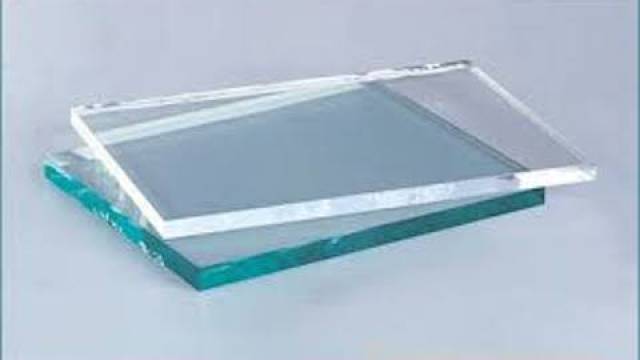You can really only say yes if you have Pilkington Optiwhite™.
Normal float glass assumes a greenish color, especially around the edges, contrary to the cliché according to which the glass is transparent and colorless.
This is due to the presence of iron oxides in the raw materials that make up the vitrifiable mixture. Nevertheless, some special applications require the maximum transparency, which means a truly colorless glass, for both aesthetic and functional reasons.
Let’s think about buildings’ interiors, where stairs, partition walls and balustrades are designed precisely to avoid being a hindrance to the eye, or not to alter the color balances of the environment. The same problem may affect some pieces of furniture, like tables, showcases and shelves, which need to be really transparent.
At the same time, from a functional point of view, windows are asked to maximize the lighting, for both comfort and energy saving aspects. Again, it means that you can increase living comfort and reduce the cost of artificial lighting just in case your glass is really transparent.
Pilkington Optiwhite™ is an extra clear glass, with a low content of iron oxides, practically colorless, where the green color typical of all the other glasses is absent. Therefore, it is the ideal choice in all those situations where glass edges are exposed to the eye and where a neutral color is preferred.
Its extra-clear appearance is obtained using selected raw materials in the production process, which are nearly free from iron oxides and other metals .
In addition to the careful selection of raw materials, it is essential to strictly control a lot of parameters of the melting process, to make sure that the properties of glass obtained remain constant over the time.
The result is an extra clear product, with a 3 – 4 % greater transparency than an usual clear glass. The percentage increases to 7 – 8 % when the thickness of the glass is more than 8 mm.
Pilkington Optiwhite™ is available with a range of 2 mm up to 19 mm thickness.
Its extreme flexibility also allows to associate it with products of other ranges, in order to add other features to the typical ones.
Due to its characteristics, this product is much appreciated by famous designers in Italy and abroad, for example it has been used in the construction of the Church of the Jubilee in 2000, designed by Richard Meier, as well as in the Milan City area for the Liebeskind residences, and also for the new headquarters of Cantina Antinori, made by Studio Archea of Professor Marco Casamonti. For more information, visit www.pilkington.it.




